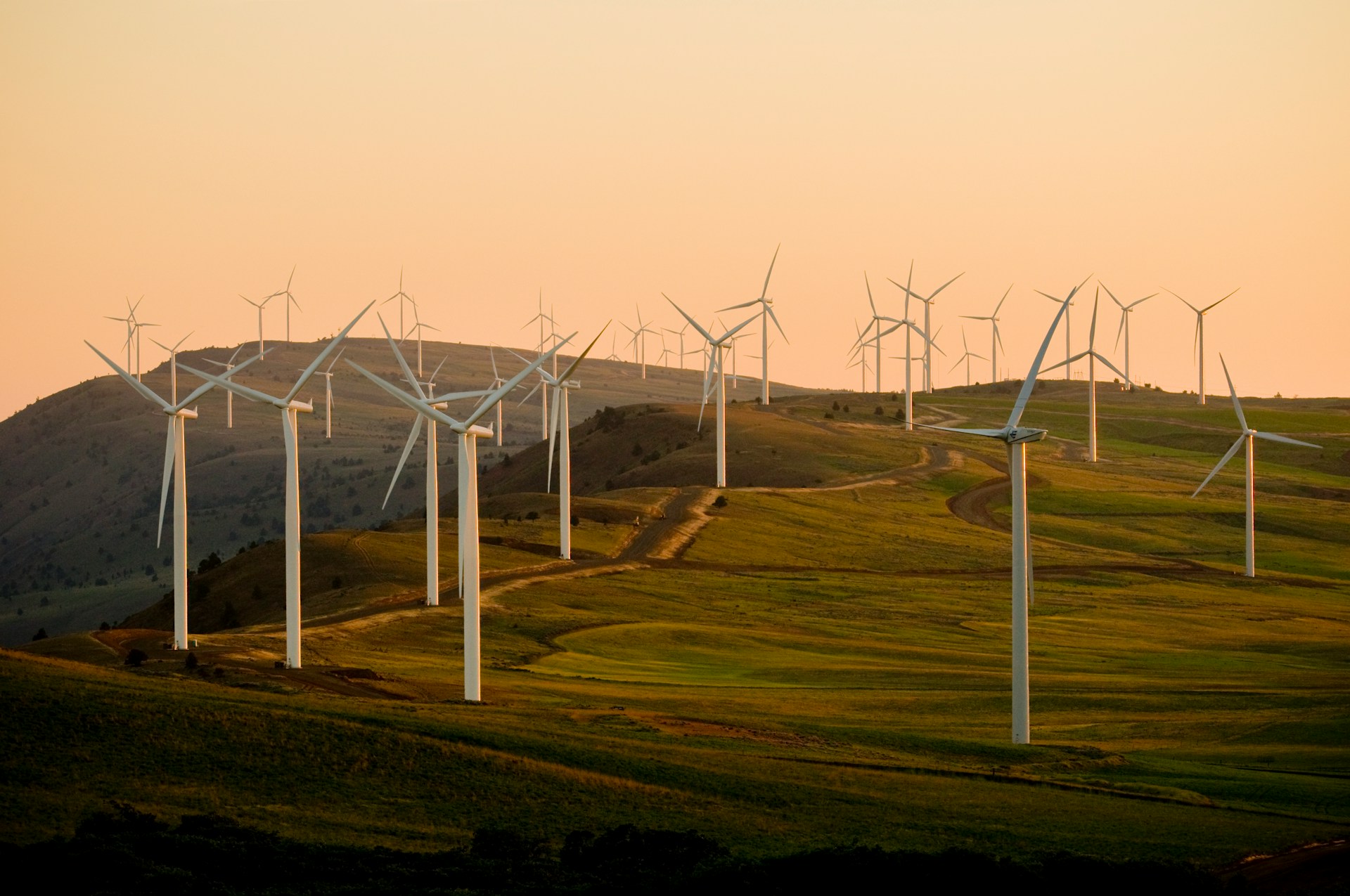In Europe, alarm bells are ringing among renewable energy investors. According to a Bloomberg report, something peculiar is happening in the European electricity markets: prices are plummeting below zero. In May, solar farms on the Spanish plains and wind turbines above Norwegian fjords were so productive that a record amount of clean electricity was fed into the grid. At times, supply far exceeded demand, leaving producers and suppliers overwhelmed with excess energy.
For over a million consumers, this meant free electricity to heat their homes or charge their vehicles. While beneficial for them, this phenomenon occurs so frequently that investors are questioning how much more renewable energy can be integrated into the $800 billion market before returns diminish.
“Negative electricity prices will slow the expansion of renewables for most market players,” said Axel Thiemann, CEO of solar developer Sonnedix. “This affects the ability to invest at a reasonable level.”
Electricity is traded on wholesale markets similarly to oil and gas. Negative prices are not new but were rare until now. They first appeared in Germany in 2008 when the country expanded its wind and solar production.
Electricity Market: Prices Below Zero
The number of negative wholesale prices increased twelvefold last year, according to the European Union’s market watchdog (ACER). A March report from the agency described it as “an explosion,” with most cases occurring in the Nordic region.
In Germany, Europe’s largest electricity market, there were about 300 hours with prices below zero last year. According to energy analysis firm EnAppSys, this number could double by 2024.
In the United Kingdom, the number of negative hours will quintuple by 2027, surpassing 1,000, according to industry consultant Modo Energy. “This trend will continue,” said Anna Borg, CEO of Swedish energy supplier Vattenfall AB, in an interview. “We have to live with it.”
Solutions for Producers and Investors
What is the solution for producers and investors? The most obvious one is to build more batteries – from freezer-sized installations at homes to rows of container-sized batteries in fields. These would store excess electricity and distribute it when the wind isn’t blowing or the sun isn’t shining.
“We need to manage the disruptions in the electricity market,” said Birgitte Ringstad Vartdal, CEO of Statkraft AS, in an interview with Bloomberg Television. “Negative prices are also an opportunity to create value.” The phenomenon is spreading rapidly outside Europe as well.
In Australia, electricity prices on the national electricity market fell below zero in 14% of cases last year, according to BloombergNEF. This percentage has steadily increased since 2018. Capacity issues are expected to worsen with the continued construction of new renewable energy sources and the increasing use of rooftop solar panels.
In parts of California, prices plunged deeper into negative territory amid a surge of new solar projects and low gas prices. By April, there were 592 hours when the electricity price fell below zero – already more than in the entire previous year.
Renewable Energy and Market Dynamics
The irony is that building solar and wind farms creates conditions that can prevent the construction of more plants – a phenomenon known as electricity price cannibalization. Operators may hesitate to invest in the future because they do not receive enough money for the clean energy they produce now.
“Negative prices are now so frequent that interest in investing in solar farms is waning significantly,” said Alexander Hauk, spokesperson for the Association of Municipal Enterprises (VKU), which represents more than 700 companies nationwide.
According to BNEF, the regular occurrence of negative prices could become the new normal as Europe aims to generate more than two-thirds of its electricity from renewable sources by 2030. “We must continue to look for differentiated assets that do not carry this risk,” said Scott Mackin, co-head of the sustainable infrastructure team at Denham Capital.
